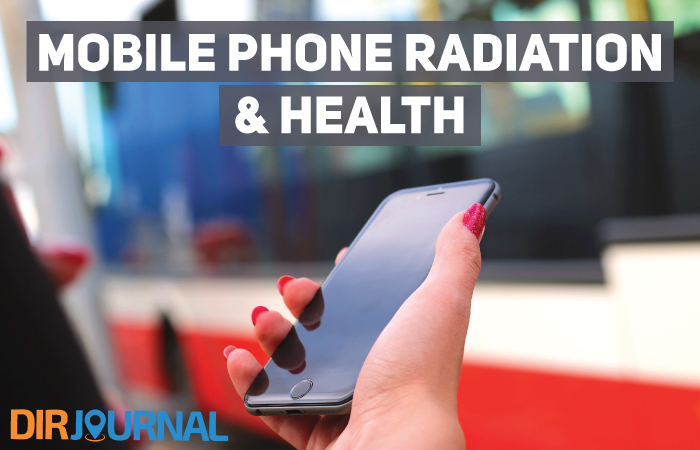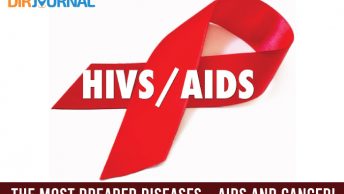The sped up feature of day-to-day life and increasing demand for perfection in maximum possible spheres of life along with the ultimate desire of comfort and ease has lead us to the heights of development in contemporary times. All these factors are not only the driving forces of economic development round the globe but also the speedometers of standard of living in a particular region, country or area. The only thing that deploys the essence of this development is the unavailability of sustainable growth. On one hand where we’re touching the skies of mega and cellular technology, we’re losing list of essentials, i.e. health.
Setting cellular technology the theme of discussion let’s have an overview of it. One of the major examples of cellular technology, i.e. the mobile phone system is in question for a long time. Both the technology concerns and the social scientists had agreed to differ. And it’s still a vexed question. Cellular phone services being the easiest and fastest modes of communication have billions have billions of subscribers round the world. Even in developing countries where a major part of population is striving hard to satisfy basic needs, i.e. food and clothing, use of mobile phone have become a necessity for them.
Mobile phones use cellular technology whereby the regions are covered by radio waves using a base station antenna as a transmitter and the handset as receiver. Cellular technology is the better option in a sense that it provides better coverage, increased capacity and reduced power usage. Both the digital GSM and the CDMA systems share this base. The point that’s been raised more by the social scientists and health concerns is the effect of radio waves on health. These radio waves are emitted by both handsets and base stations.
With reference to the handsets, the effect of radio waves emitted by the cell phone communication, especially with specific reference to human health, can be categorized as, thermal, non thermal and genotoxical. Thermal effect is one whereby the electromagnetic field of radio waves induces polar molecules that generates dielectric heat letting the live tissues die. For instance some part of head, while receiving the message through radio waves if happens to experience increased temperature can have damaged nerve fibers.
Next to the thermal effect is non-thermal effect, in which keeping the temperature generated by radio waves constant we discuss only the electric current that passes through the cell membrane, while transceiving messages, and finally the genotoxical effect, which has been included in the discussion in 2006. Researches by Greek scientists, Panagopoulos DJ, Chavdoula ED, Nezis IP, and Margaritis LH (2007 Jan) claimed that there’s a casual relationship between cell phone radiation and DNA damage. Later a European study REFLEX had come up with some evidences proving the claim, but all the cases were found to have an exposure to mobile phone quite more than normal.
Besides thermal, non-thermal, and genotoxial effects, there had been a long debate on ‘mobile phone radiations and cancer’. A list of studies supporting the claim and rest opposing has also been observed in this context.
The other face of picture shows the effect of radio waves emitted by base stations. This is another sensitive issue as these waves are emitted continuously, and the increasing number of towers to expand the coverage with a relatively larger bandwidth. The recent reports claim harmful effects of radio waves on peoples’ health living near by the base stations (WHO database). Besides such kind of effect there may be some occasional hazards that may be caused by the ignorance or due to the demand of extreme perfection. For instance during maintenance, the base stations are not turned of, as it may present the network as an inefficient one. This sort of mismanagements would certainly have hazardous effects on the health of people come under the range of waves.
Categorizing hazards may sort out the level of harmful effects generally but being specific to the use of mobile phones it may explore more avenues. The increased use of mobile phones due to technological progress and decreased prices as a result of low cost of production, contribute to the GDPs, but an alarming situation, ignored most of the time is children’s vulnerability to mobile phone radiations. Being an age group, which is in the process of physical and mental growth, they need extra care, but stringent work schedules of parent and the availability of mobile phones for their use may affect their mental and physical growth in any of the above-mentioned way.
Over and above the facts unveiled earlier, there’s no regulation of services in the cellular networks. The problem may persist in a very low proportion in developed countries but the developing countries though being the biggest markets for cellular networks, are not provided the health safety measures, i.e. the use of cell phone in best possible way. Another alarm may persist in the form availability of low quality handsets in these countries, which are either not passed by any regulatory authority or if so, the authenticity of authority might have been questionable.
The debate is all about the hazardous effects of cell phones on human health, but saying that cell phones are hazardous in totality won’t be fair enough. There’s nothing 100% in the world, and there’s always a room for improvement, and betterment, so is the case for cellular phone technology. We can’t leave it as well, but a fair better option is to keep a regulation and check on usage. Cell phone communication does include the emission of radio waves, which are absorbed by the bodies in one way or other, but it’s a hazard only for people with high exposure to the radio waves, i.e. extensive use.
In order to have healthy masses it’s crucial to have regulation of all cellular activities, along with insistence on sustainable growth in the sector. The precautionary principle as recommended by WHO can also be a good measure, but as the sped up life can’t exclude cellular technology from its sphere, further research on hand-off and blue tooth can be innovative and more sustainable measures.












